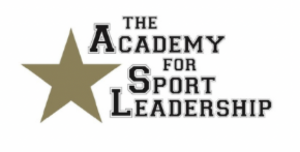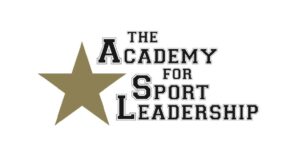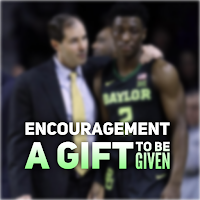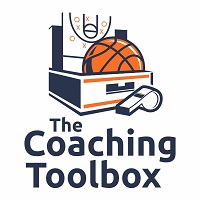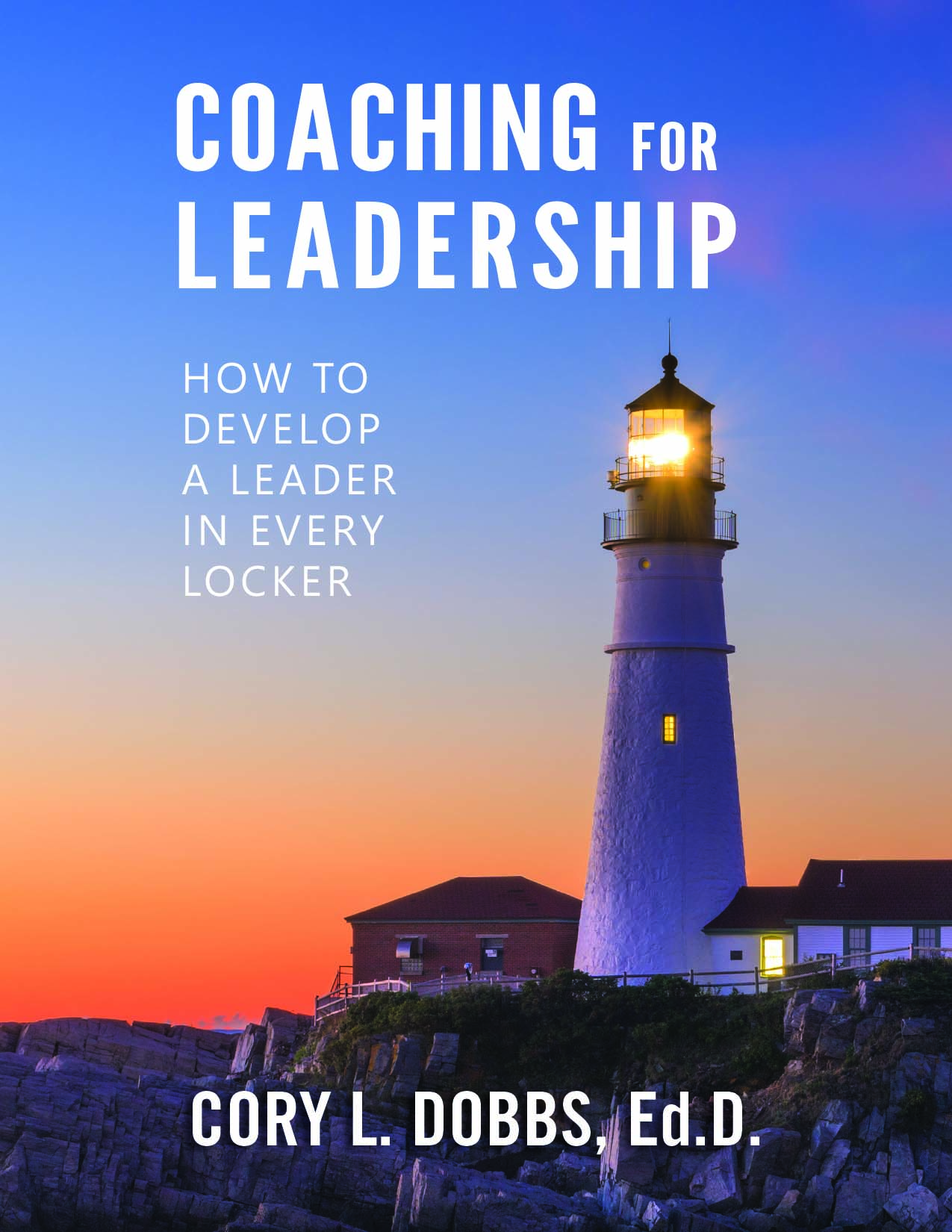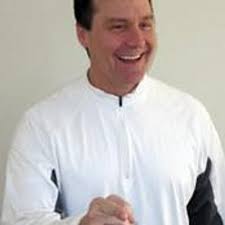THE FORMULA FOR HIGH PERFORMANCE TEAM BUILDING
Dr. Cory Dobbs
The Academy for Sport Leadership
“Tell me and I will forget. Show me and I may remember. Involve me and I will care.” -Your Student-Athlete
Here’s a simple formula that should provide you a clear way to grasp high performance in the area of team leadership. High involvement plus high commitment equals high performance.
So, what does all this mean for you? Well, high involvement means you need to nurture the involvement of every team member. Did you get that—every team member. Each and every team member needs to engage with the leadership development process by bringing a high level of energy and focus. Only when you have high involvement can you entertain the idea of high commitment. Simply put, if you don’t have high involvement you can’t have high commitment, and if you don’t have high commitment you’ll never see high performance.
If you select only a few team captains you’ve willingly and knowingly chosen low involvement. Those student-athletes not selected to develop as leaders will not care much about the process of leadership development of their peers. They’ll clearly say by actions and non-actions, “Why bother, there’s nothing in it for me.” You’ve chosen not to get them directly involved and commitment comes from being involved.
Those student-athletes you’ve chosen as team leaders might show high commitment to leadership and leadership development. Why not, it benefits them. But you are still left with the reality that you don’t—and logically can’t have—high involvement with only a few chosen participants. Thus, you’ll never achieve high commitment nor high performance.
However, if you choose to involve everyone on the team—a leader in every locker—you have a chance to attain high commitment. By placing leadership practice and opportunities in the hands of every team member, you involve everyone. And depending on the quality of programmatic development you have a chance at achieving high commitment. Ahhh, once you get high commitment it is very likely you’ll get high performance.
This isn’t some mystical process. By deploying a leader in every locker approach your players are highly involved with an opportunity to become highly committed. Your challenge is to get them to willingly invest their minds and heart into the team leadership development process, building skills and competencies that lead to high performance. So, to wrap up this leadership bite here’s the formula once again: High Involvement + High Commitment = High Performance.
